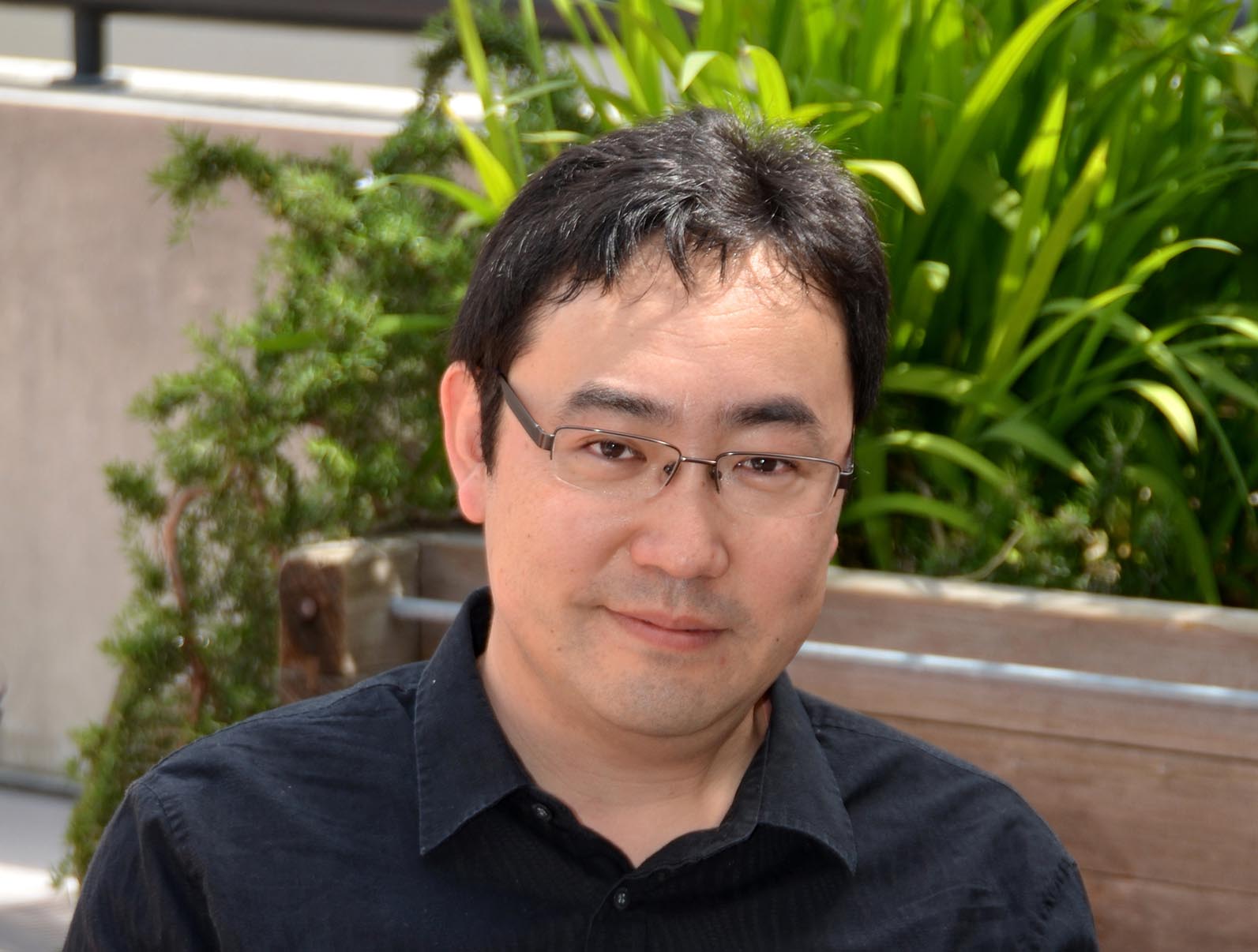Yasunori Nomura received his Ph.D. from University of Tokyo in 2000, where he held a fellowship of Japan Society for the Promotion of Science. He was a Miller Research Fellow at University of California, Berkeley from 2000 to 2002, and an Associate Scientist at Fermi National Accelerator Laboratory from 2002 to 2003. He joined the Berkeley physics faculty in July 2003. Awards and honors include: DOE Outstanding Junior Investigator Award (2004), Alfred P. Sloan Research Fellowship (2005), Hellman Fellow (2005), Simons Fellow in Theoretical Physics (2012), and American Physical Society Fellow (2017).
Research Interests
Yasunori Nomura works on theoretical physics, in particular theoretical particle physics, cosmology, quantum gravity, and quantum information. His current research focus includes the black hole information problem, holographic descriptions of spacetime, and multiverse cosmology.
One of the most important problems in theoretical physics is to reveal the quantum theory of spacetime and gravity. This has indeed been addressed for long, but it is only recently that some of the key ingredients are being clarified. In particular, this has brought a new connection between quantum gravity and quantum information science through the concept of holography: the idea that quantum gravity is formulated as a theory of lower dimensional quantum systems. One of my current scientific focuses is to understand this connection better.
I have recently been developing a holographic description of spacetime beyond the conventional framework called the Anti-de Sitter (AdS)/Conformal Field Theory (CFT) correspondence [1,2]. In particular, I found a way of relating the so-called tensor network descriptions of quantum states to a certain geometric flow in general spacetime. I have also advanced understanding of the long-standing black hole information puzzle [3,4,5]. In particular, I introduced the idea that the well-known thermality of black holes results from chaotic entanglement between hard and soft modes near the horizon region, which sheds new light on the way black holes process quantum information.
In the past, I developed theories of grand unification in higher dimensional spacetime [6] and constructed the so-called holographic Higgs model, the first realistic model in which a composite Higgs particle arises as a pseudo-Nambu–Goldstone boson [7]. I also proposed that the eternally inflating multiverse is the same thing as quantum many worlds (the quantum multiverse), which addresses the long-standing problem of probability measures in inflationary cosmology [8].
Publications
Y. Nomura, N. Salzetta, F. Sanches, and S.J. Weinberg, "Toward a holographic theory for general spacetimes," Phys.Rev. D95 (2017) 086002 [arXiv:1611.02702 [hep-th]].
Y. Nomura, P. Rath, and N. Salzetta, "Pulling the boundary into the bulk," Phys.Rev. D98 (2018) 026010 [arXiv:1805.00523 [hep-th]].
Y. Nomura, "Reanalyzing an evaporating black hole," Phys.Rev. D99 (2019) 086004 [arXiv:1810.09453 [hep-th]].
Y. Nomura, "Spacetime and universal soft modes---black holes and beyond," arXiv:1908.05728 [hep-th].
Y. Nomura, "The interior of a unitarily evaporating black hole," arXiv:1911.13120 [hep-th].
L.J. Hall and Y. Nomura, "Gauge unification in higher dimensions," Phys.Rev. D64 (2001) 055003 [hep-ph/0103125].
R. Contino, Y. Nomura, and A. Pomarol, "Higgs as a holographic pseudo-Goldstone boson," Nucl.Phys. B671 (2003) 148 [hep-ph/0306259].
Y. Nomura, "Physical theories, eternal inflation, and the quantum universe," JHEP 11 (2011) 063 [arXiv:1104.2324 [hep-th]].

